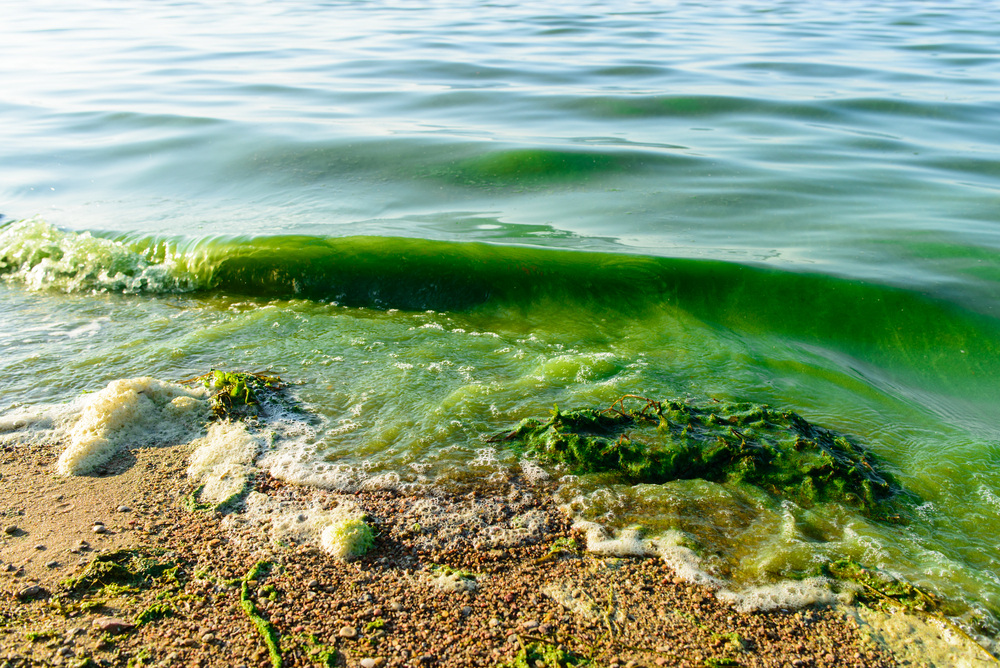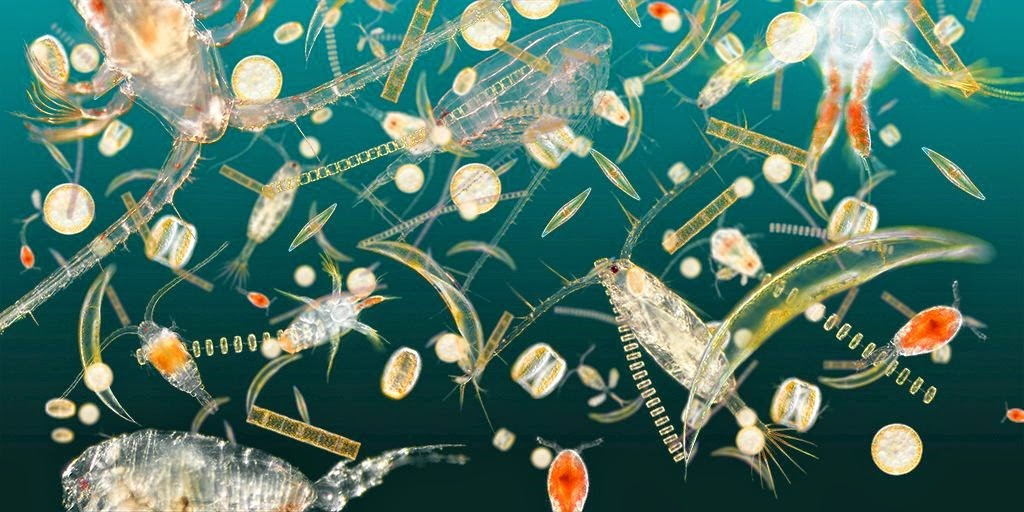One of the features released in EEMS10.2 is the implementation of unlimited phytoplankton and zooplankton groups in the “Water Quality” Module to advance the model further into the realm of living resources.

As the foundation of the aquatic food web, phytoplankton occupies a central part in numerical eutrophication models. In the current version of EFDC+, the phytoplankton community is simulated using four model groups: cyanobacteria, diatoms, green algae, and a generic, non-transported algae, which is used to simulate macro-algae/periphyton. This categorization is based on the distinctive characteristics of each group and their role in the ecosystem. While useful as a first step in modeling, this grouping is limited in that phytoplankton species can differ by region according to water quality, meteorological, hydrological, and hydrodynamic conditions.
For this reason, the EFDC+ eutrophication model has been refactored and enhanced with the definition of a general phytoplankton group. Users will now be able to simulate an unlimited number of algal and periphyton groups, with each group assigned different half-saturation constants and uptake rates for nutrients according to the aquatic ecosystem model. This feature will enhance the model to better capture the extreme diversity of phytoplankton and will improve accuracy in the computation of algal biomass.

At present, many of the available eutrophication models exclude zooplankton as state variables due to the lack of observed data and the difficulty of calibration. This ignores the significant role zooplankton play in water body dynamics, both as grazers that control algal and bacterial populations, and as a food source for higher trophic levels and in the excretion of nutrients. Understanding the role of zooplankton in the distribution and flux of nutrients in the aquatic system is important for effective management.
For this reason, a model for zooplankton kinetics is being implemented in EDFC+, based primarily on the formulation provided in Cerco and Noel (2004). As described above for phytoplankton, the model defines a general group for the purpose of simulating an unlimited number of zooplankton groups. The role of zooplankton in water-column respiration and in nutrient recycling is represented by the interfacing of the zooplankton component with the other eutrophication state variables.
DSI appreciates the ongoing collaboration with professor Dongil Seo from Chungnam National University, South Korea for the development of the zooplankton model.

